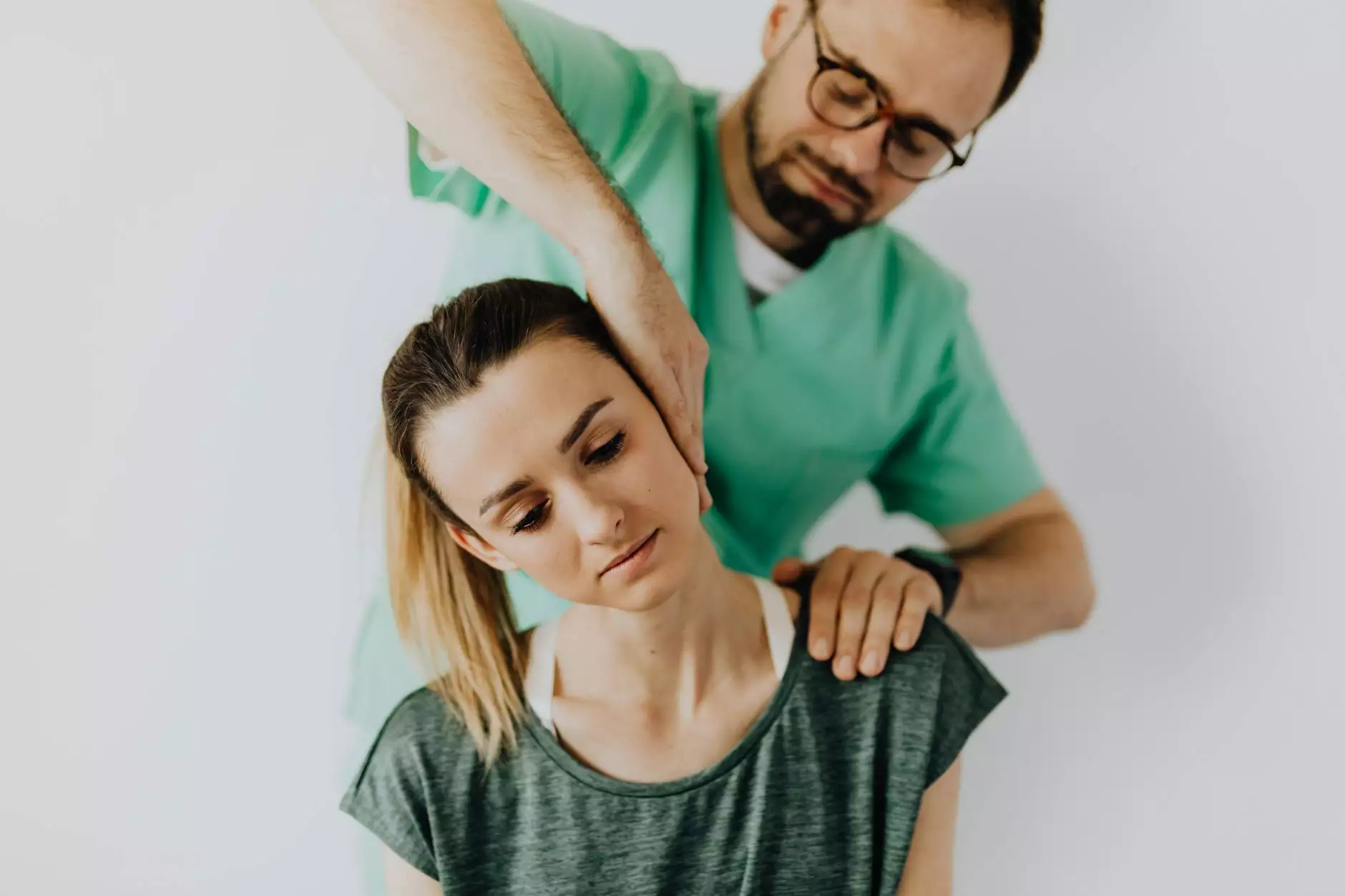Tennis Elbow Not Just Tennis Related
Orthopedic Surgery
The Truth About Tennis Elbow
Tennis elbow, despite its name, is not limited to tennis players. While this common condition is often associated with repetitive arm movements in tennis, it can affect anyone who frequently engages in activities that strain the forearm muscles. In this in-depth guide, Bowling Orthopaedics brings you comprehensive insights into tennis elbow, its causes, symptoms, treatments, and preventive measures.
Understanding Tennis Elbow and its Causes
Tennis elbow, or lateral epicondylitis, is a type of tendinitis that occurs when the tendons in the forearm become inflamed or damaged. These tendons connect the muscles of the forearm to the bone at the outside of the elbow.
Although playing tennis can contribute to the development of tennis elbow, it is not the sole cause. Any repetitive gripping or twisting motions of the wrist and forearm can lead to this condition. Activities such as painting, plumbing, gardening, and even excessive computer mouse usage can put strain on these tendons, causing microscopic tears and inflammation to occur.
At Bowling Orthopaedics, we understand the importance of identifying the underlying causes of tennis elbow. Our team of experts will consider your individual circumstances, lifestyle, and activities to develop a personalized treatment plan that addresses the root cause of your condition.
Recognizing the Symptoms
Tennis elbow is characterized by pain and tenderness on the outside of the elbow. The pain may radiate down the forearm and can worsen with activities that involve gripping, twisting, or lifting objects. Additionally, individuals with tennis elbow may experience weakness in their grip strength.
If you are experiencing these symptoms, it is crucial to seek medical attention. Early diagnosis and treatment can help prevent further damage and promote a faster recovery.
Treatment Options for Tennis Elbow
At Bowling Orthopaedics, we offer a range of effective treatment options for tennis elbow. Our goal is to relieve pain, promote healing, strengthen the affected area, and prevent future recurrence. Some of the treatment options we may recommend include:
- Rest and Modification of Activities: Giving your forearm muscles time to rest and avoiding activities that aggravate the condition is crucial for recovery.
- Physical Therapy: Our experienced physical therapists will guide you through exercises and techniques to strengthen the affected muscles and improve flexibility.
- Bracing and Supports: We may suggest the use of braces or supports to reduce strain on the tendons and promote healing.
- Medications: Nonsteroidal anti-inflammatory drugs (NSAIDs) or corticosteroid injections may be recommended to reduce pain and inflammation.
- Extracorporeal Shockwave Therapy (ESWT): This non-invasive treatment option uses shockwaves to stimulate healing and improve blood circulation to the affected area.
- Surgery: In severe cases where conservative treatments have not provided sufficient relief, our skilled orthopedic surgeons may recommend surgical intervention to repair the damaged tendons.
At Bowling Orthopaedics, we prioritize individualized care. Our team of specialists will work closely with you to determine the most appropriate treatment plan based on your specific needs and goals.
Preventing Tennis Elbow
Prevention is key when it comes to tennis elbow. Whether you are an athlete or engage in activities that involve repetitive forearm movements, taking the necessary precautions can help reduce the risk of developing this condition. Here are some preventive strategies to consider:
- Proper Technique: If you play tennis or participate in any activity involving repetitive arm movements, ensure that you use proper form and technique to minimize strain on your tendons.
- Strengthening Exercises: Strengthening the muscles in your forearm through targeted exercises can help provide additional support and prevent injuries.
- Ergonomic Adjustments: Make ergonomic adjustments in your workspace. For example, adjust your chair, computer, and mouse to promote proper posture and reduce strain on your arm.
- Gradual Progression: When starting a new physical activity or sport, gradually increase intensity and duration to allow your tendons to adapt.
- Proper Equipment: Use appropriate equipment, such as well-fitted tennis racquets or tools with proper grip size, to minimize strain on your forearm.
- Warm-up and Stretching: Prioritize warm-up exercises and stretching before engaging in any physical activity to prepare your muscles and tendons.
Contact Bowling Orthopaedics for Expert Care
If you are suffering from tennis elbow or any other orthopedic condition, the team at Bowling Orthopaedics is here to help. With our expertise and dedication to providing personalized care, you can trust us to guide you on your journey to recovery.
Contact us today to schedule a consultation and take the first step toward healing.










